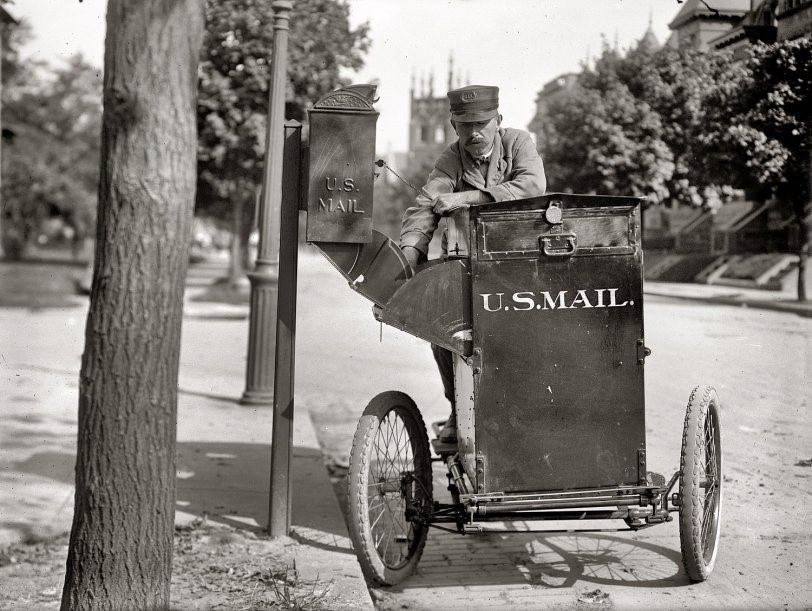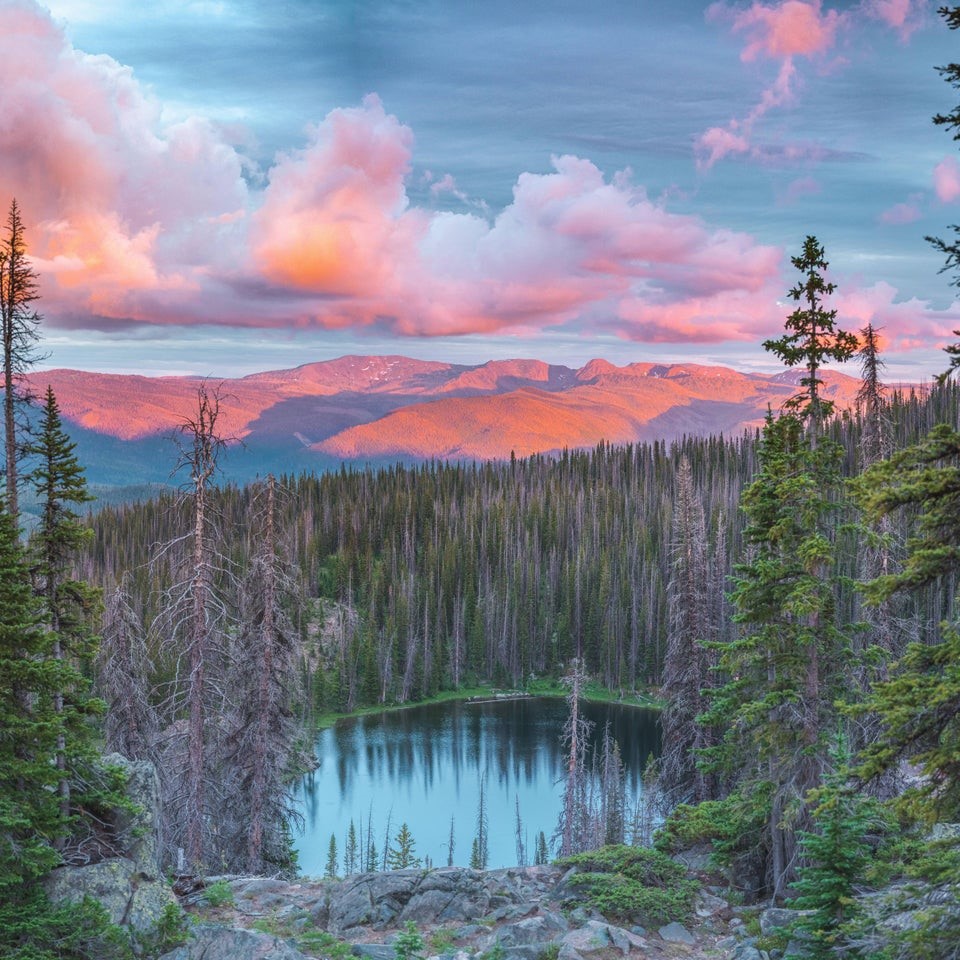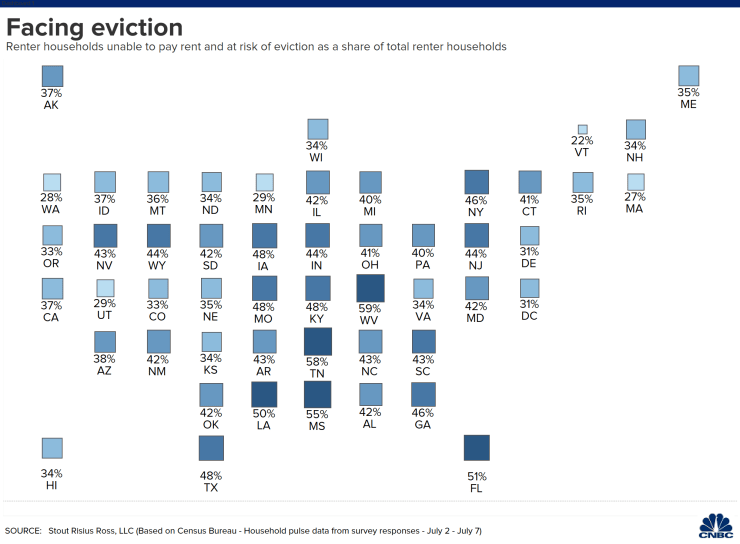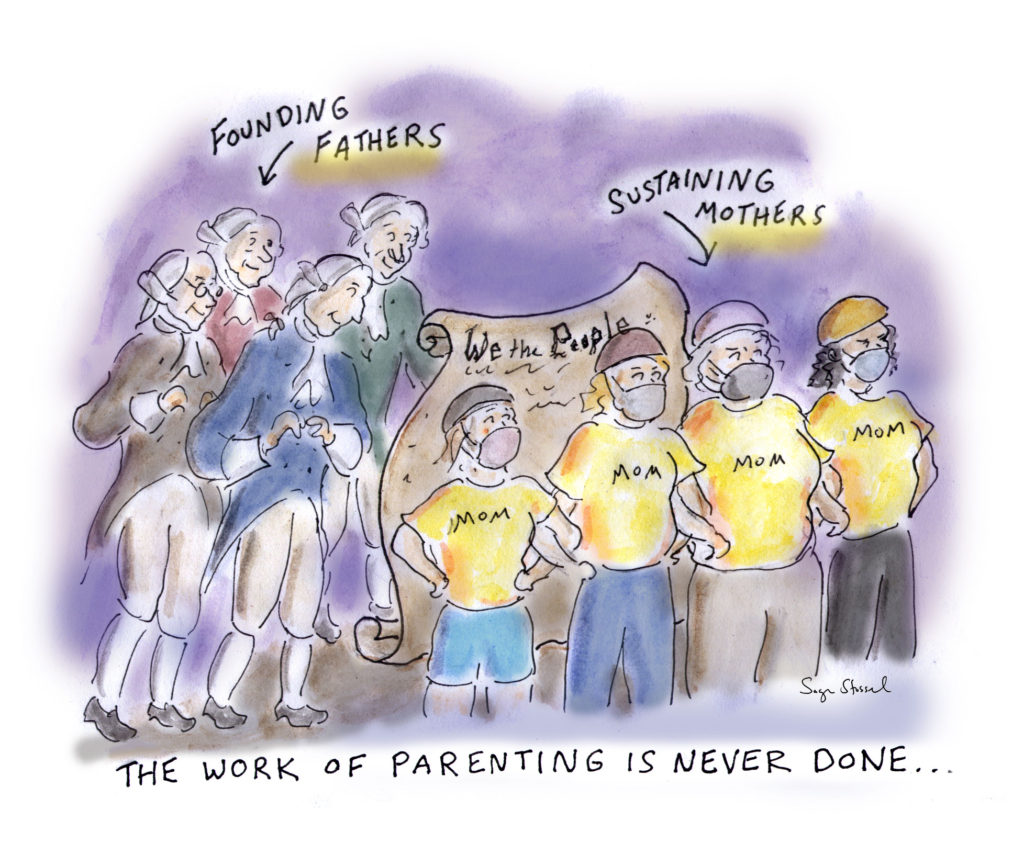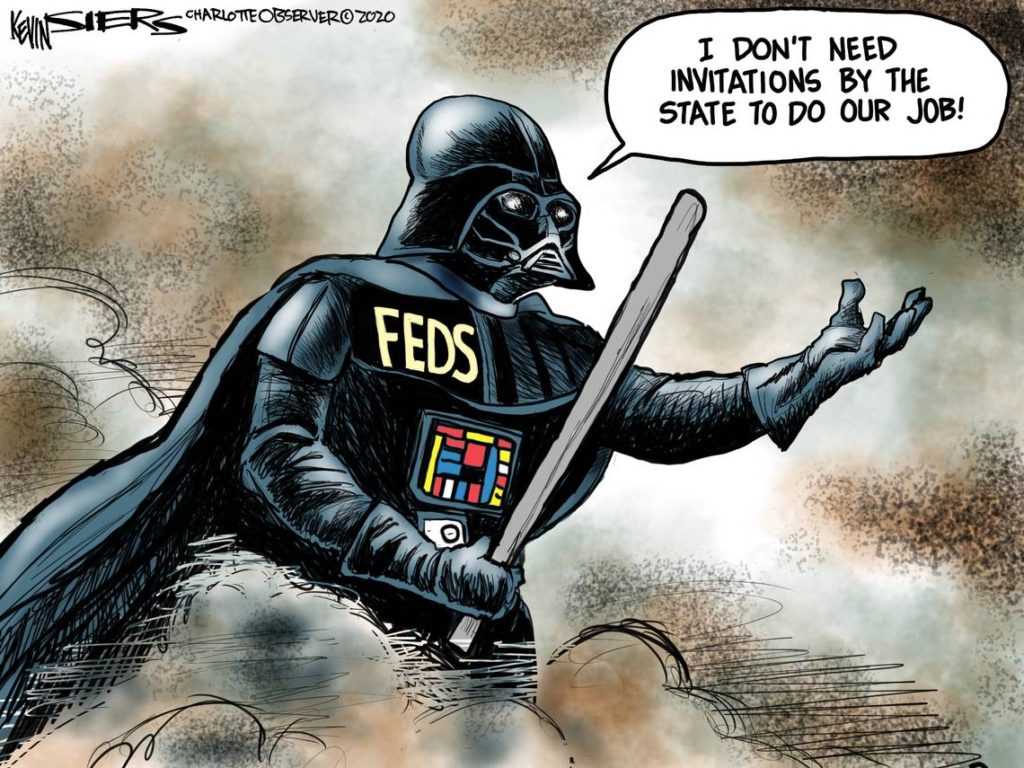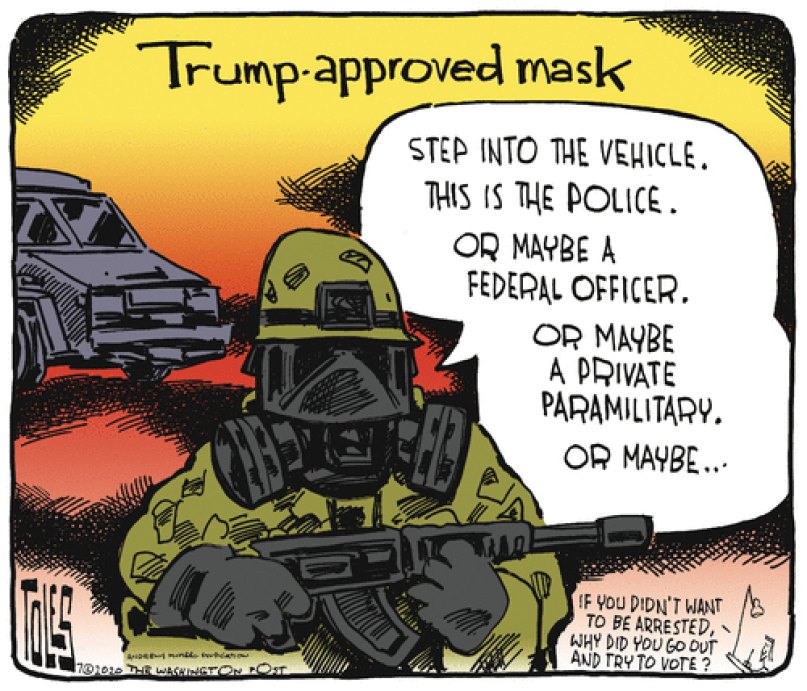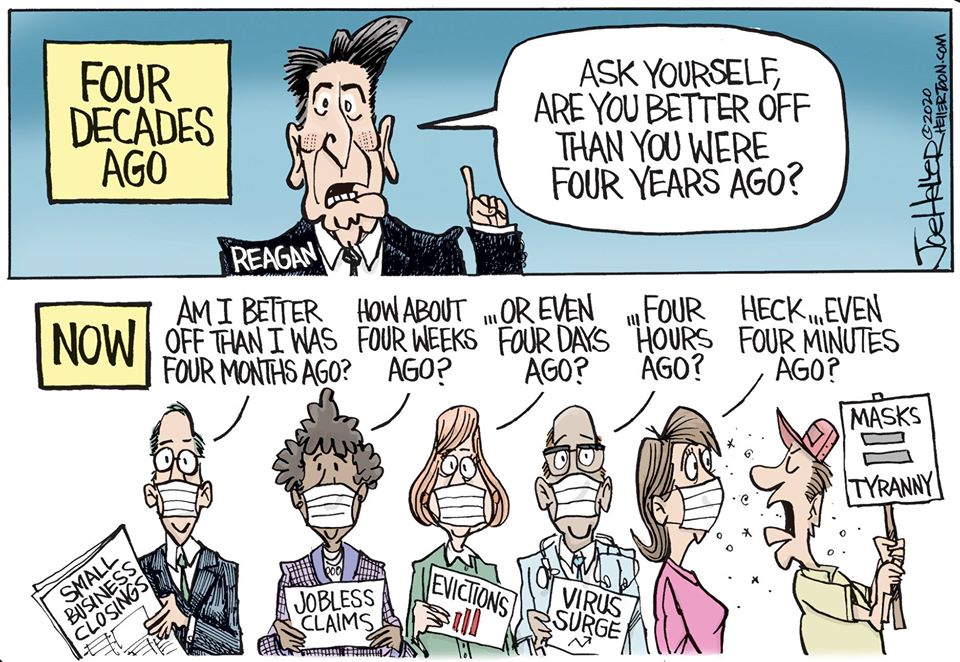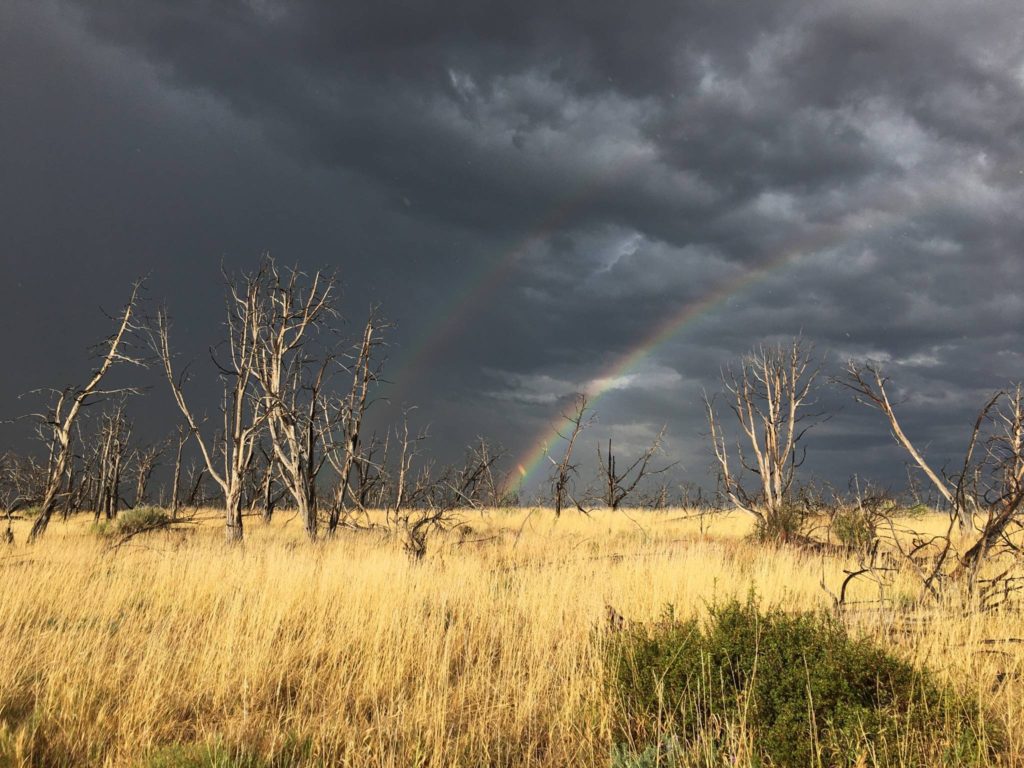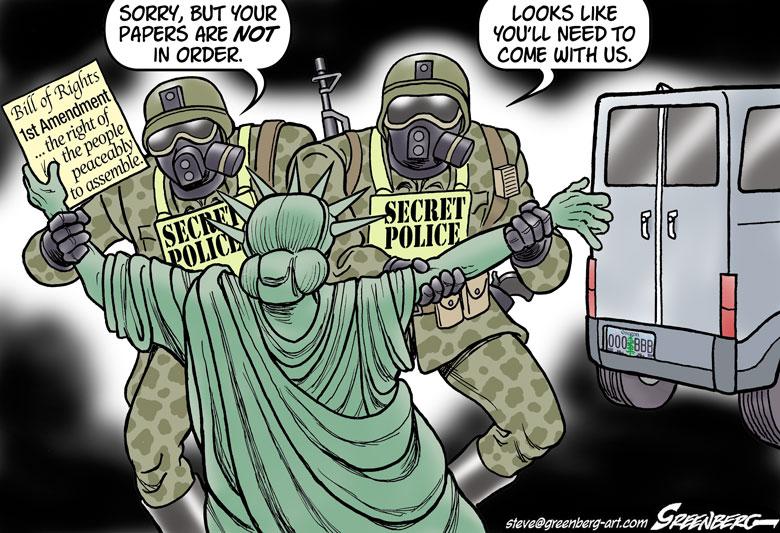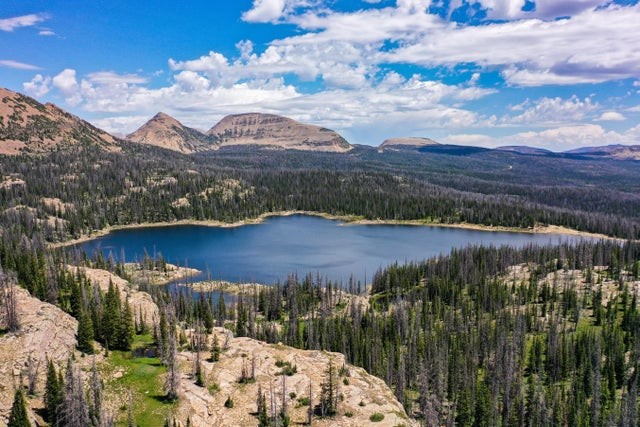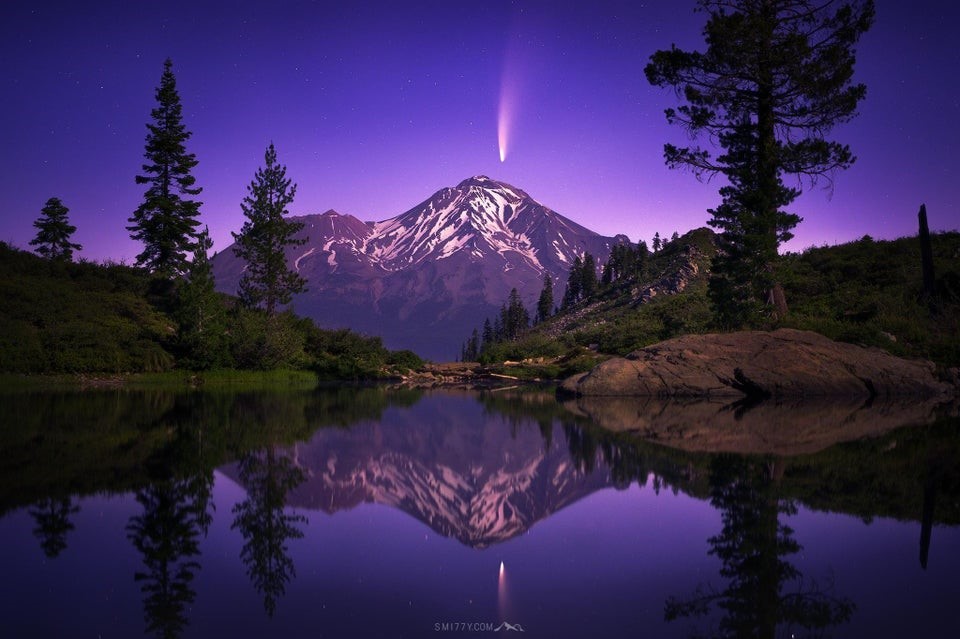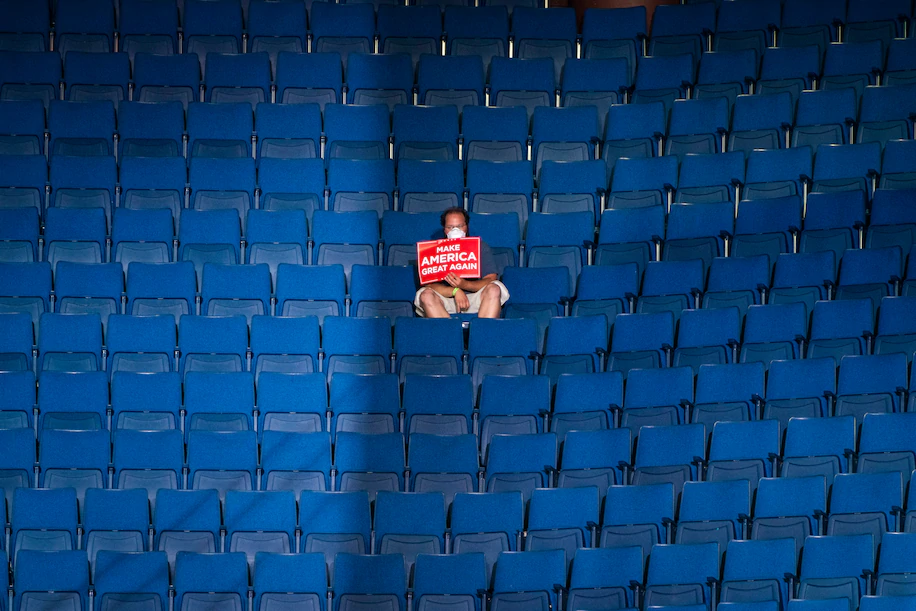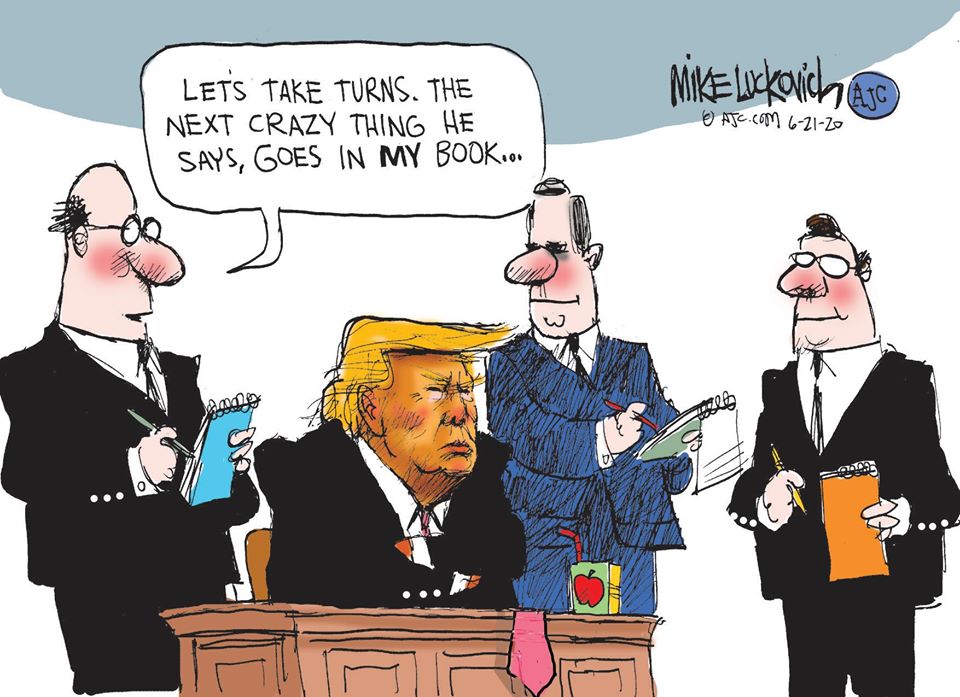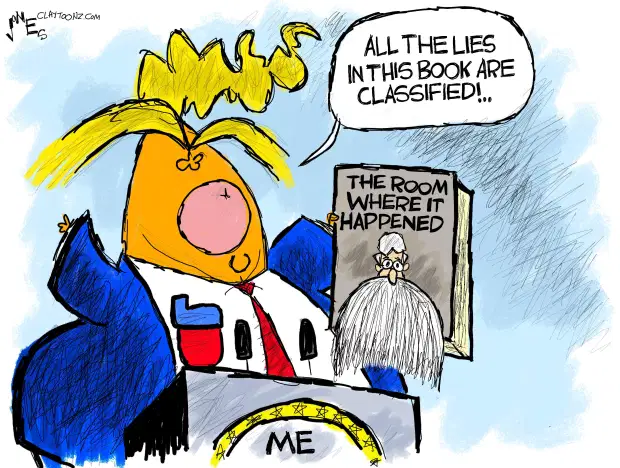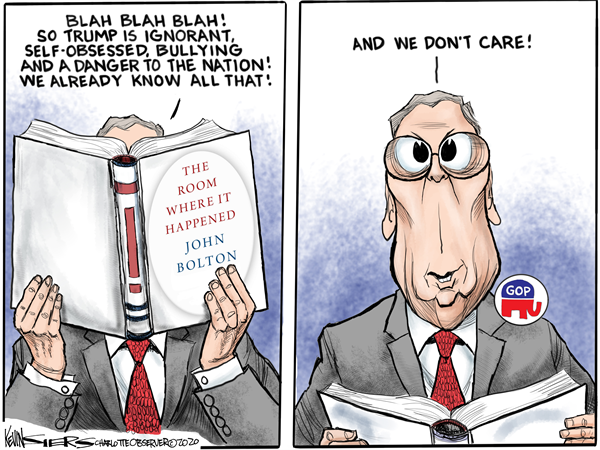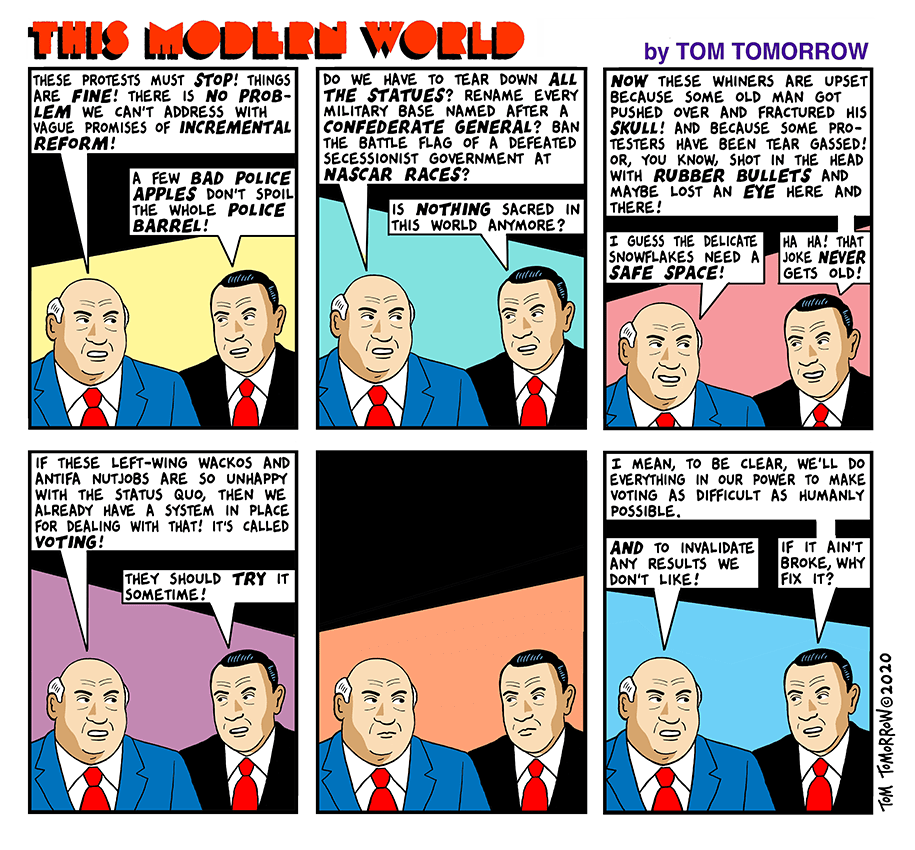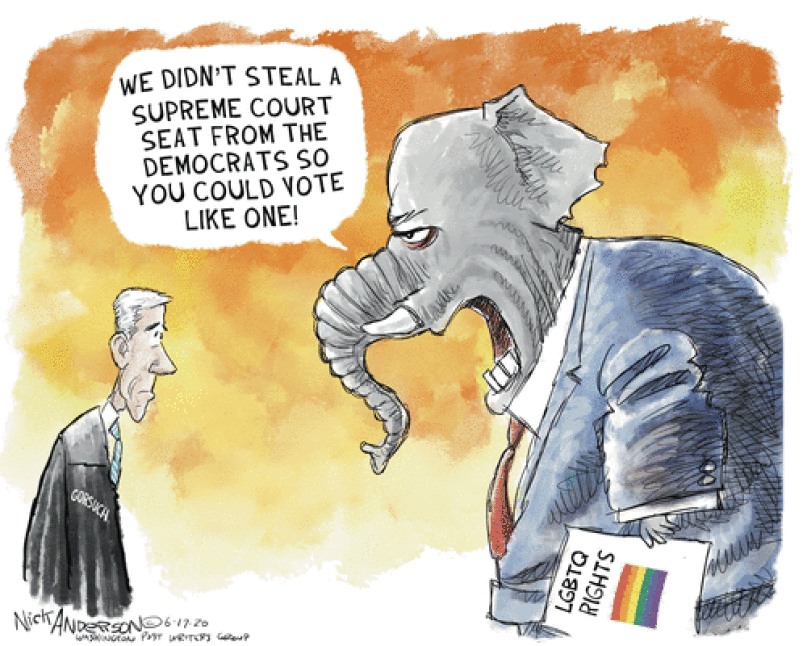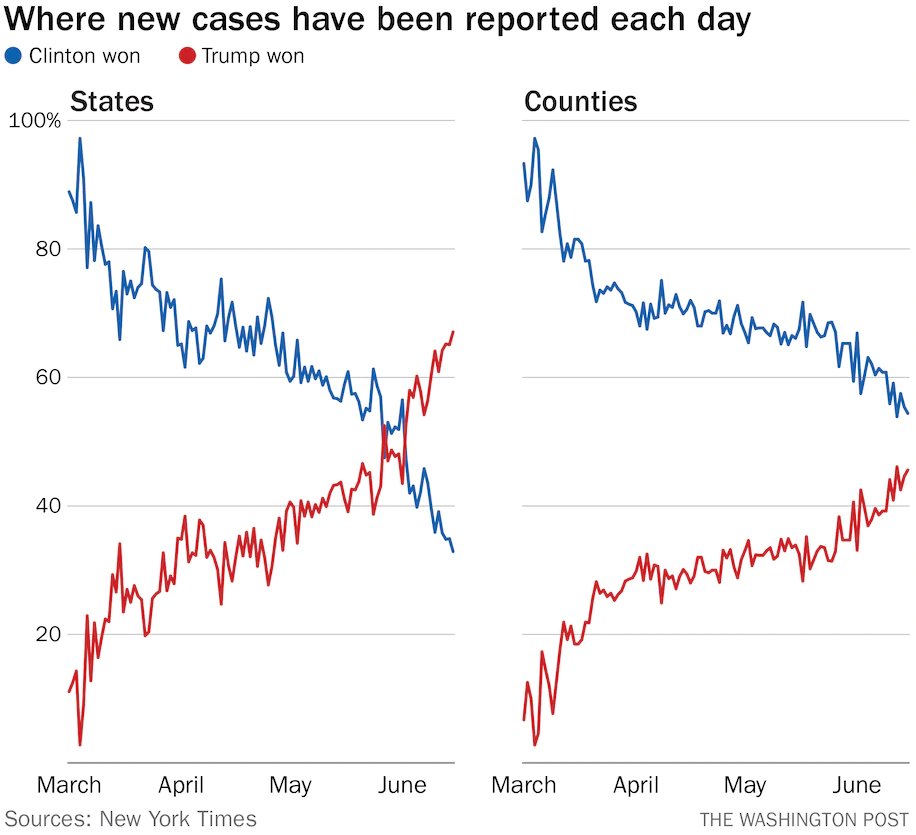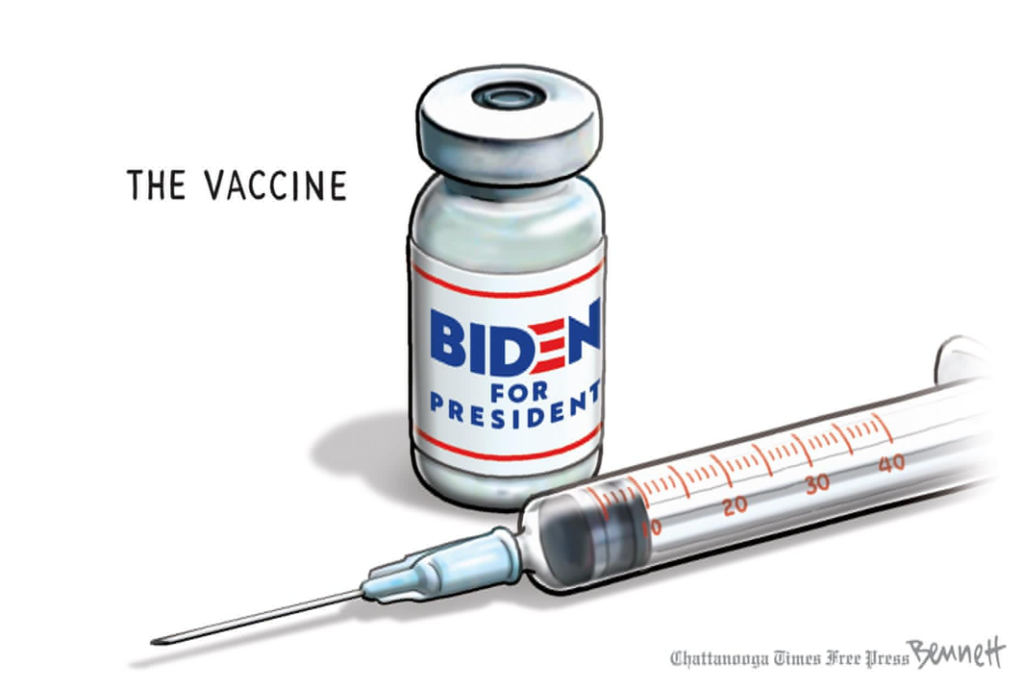The Daily Escape:
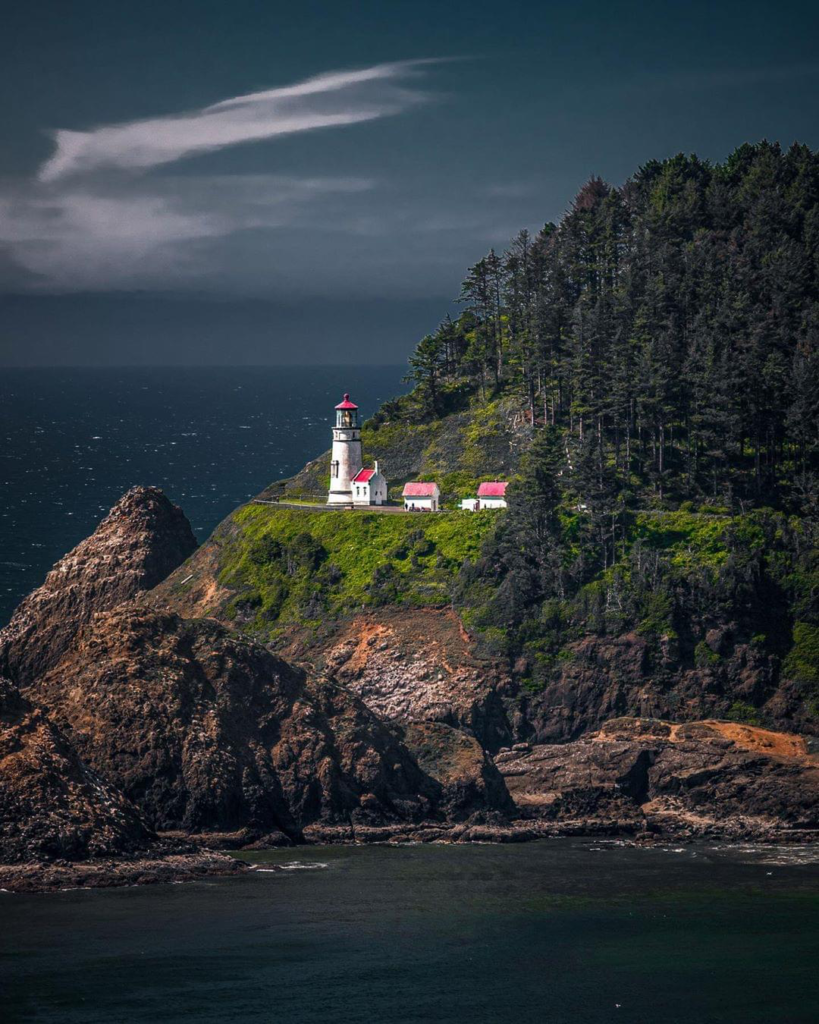
Heceta Head Lighthouse, Florence, OR – photo by pnw_roaming
Wake up Monday convention watchers! The 2020 Democratic National Convention kicks off tonight not in Milwaukee, but almost entirely in cyberspace. The Dems will be staying physically distant. They’ve decided to go big, with a solution that looks more like the cheering fan screens courtside in Orlando’s NBA bubble than the typical milling around chaos of past national party conventions.
The plan is to broadcast to the nation hundreds of live video feeds from living rooms, national monuments and stages around the country. Sort of like New Year’s Eve on TV.
Not even the delegates will be attending the event in Milwaukee. Instead, they will “attend” the convention from their states, participating in virtual caucus meetings, voting to nominate Biden on Tuesday night. The roll-call vote of the states, often an hours-long ordeal, has been redesigned as a 30-minute, lightning round of all 57 states and territories with only some of the delegates broadcasting live.
The major thing Wrongo has noticed about virtual meetings is that they usually seem flat, largely unemotional by-the-numbers performances. Even the best lack the spontaneity of a live performance. Politicians are used to taking a beat between sentences, drawing in energy from the crowd. But at a virtual convention, all those pauses offer to a viewer is dead air in an empty space, whether it’s from Biden’s basement, or from Trump’s unfilled stadium in Tulsa.
They need to speak with high energy, and speak quickly, eliminating as many of those pauses as they can. Hopefully, internet coaches have been hard at work retraining them in how to communicate effectively in what’s now an Instagram and TikTok world of 15-second and 30-second bites.
So, hopefully it won’t be the equivalent of your family’s Zoom meeting.
Biden’s message will be that he can heal a fractured country. Making Kamala Harris his choice for VP, will be portrayed as a bridge to a future of a diversifying America. Her mixed heritage is more like America’s future than is Biden’s background, or that of Trump and Pence.
Axios points out that Harris’s Indian-American heritage may have value in swing states:
- There are more than 4 million Indian Americans, and the population is growing quickly.
- In the battleground states of Florida, Michigan, North Carolina, Georgia and Texas, the number of eligible Asian American and Pacific Islander voters grew more than 117% between 2000 and 2018, to nearly 1.7 million.
- Indian Americans represent the largest share of Asian Americans in each of those states.
The convention’s main events will run for just two hours each night, with speeches by Harris on Wednesday and Biden on Thursday. The overall production will rely on a fast-moving, video-heavy version of a convention including celebrity appearances and first-person stories by Americans who will say they have been hurt by the Trump presidency.
Those first-person stories can easily be the most compelling memory that we take from the convention. Remember that at the 2016 Democratic convention Khizr Khan, the father of Humayun Khan, an Army captain killed in Iraq, grabbed national attention for a speech denouncing Trump over a plan to ban Muslims from the US.
To capture any potentially viral programmed (or unprogrammed) moments, the show’s producers plan to clip and post segments of the event on social media in near-real time, so supporters can share segments from the beginning of a speech before it’s even over. The length of a typical speech, about 10 minutes in a normal year, has also been brought down to three minutes or less for many speakers.
The goal is to keep people’s attention while still getting Biden’s message across.
But Biden will also sell himself as a bridge to the recent past, where character and restraint were hallmarks of the presidency, ideas that will sound like indictments of Trump. After listening to Trump’s bloviating for the past 3 ½ years, where many of his speeches turn into hours-long performances similar to Fidel Castro’s in the 1960s, shorter speeches and a constantly changing lineup may keep viewers watching. Also, shorter pieces are instantly tweetable, a good thing in 2020.
It’s also a perfect opportunity to pitch some simple graphics to show how much worse off Americans have been in the Trump era. Simple side by side data showing how stark the differences are may be very useful.
Perhaps the Dems can capitalize on their non-traditional approach to focus the voting public on their message, and to get a bounce in public opinion and voter engagement.

